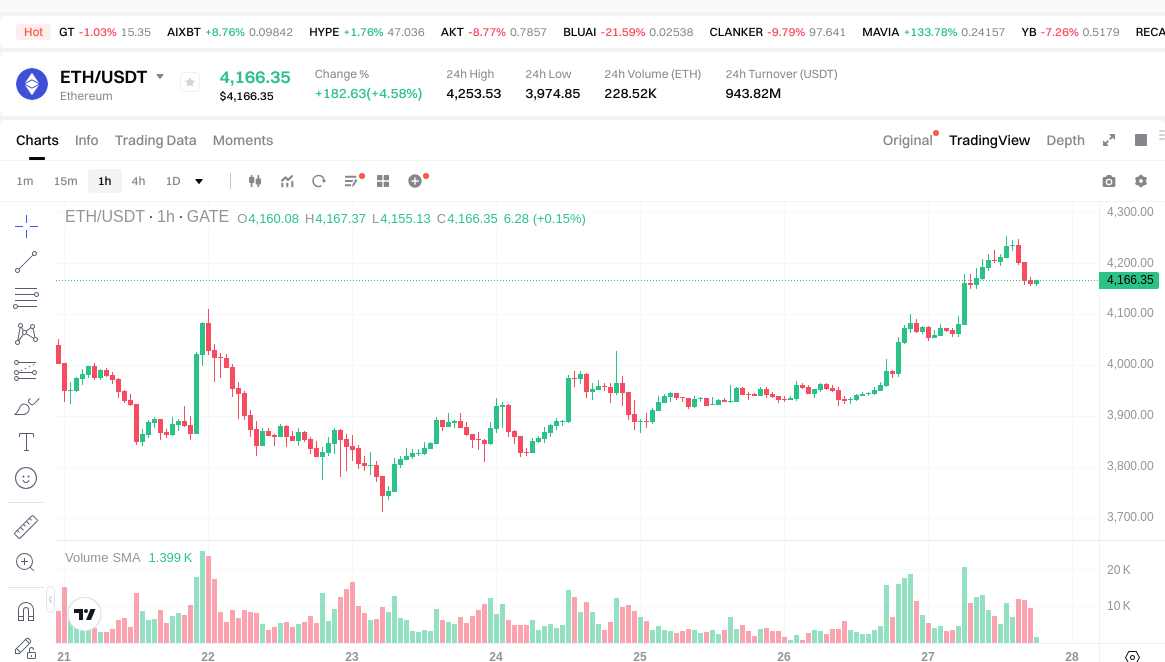Exploring the Unique Landscape of Ethereum's Current Challenges and Opportunities
Is Ethereum Different This Time? - An In-Depth Look at the Current Landscape and Challenges
Ethereum, the pioneering blockchain platform for decentralized applications, has been facing unprecedented challenges and opportunities in recent times. This article delves into the current state of Ethereum, analyzing its position in the market, technological advancements, and the evolving landscape of blockchain ecosystems.

Comprehensive Analysis of Ethereum's Current Situation
Before addressing specific issues, it's crucial to review Ethereum's performance and competitive landscape.
On-chain Activity
Comparing L1/L2 networks based on Total Value Locked (TVL), stablecoins, active addresses, and transaction volume reveals interesting insights. Ethereum maintains its leadership in TVL at $47.49B and stablecoin supply at $123.29B, significantly higher than competitors like other Layer 1 blockchains. However, some competing networks have surpassed Ethereum in transaction volume. This disparity highlights different user profiles: Ethereum users tend towards passive DeFi farming, while users on other networks prefer active speculative trading.
Blockchain Networks
Ethereum remains one of the most decentralized blockchain networks after Bitcoin when compared to other networks. In 2025, Ethereum maintained approximately 1.05M active validators, a 7% year-over-year increase. The network continues to balance decentralization and scalability through its technical roadmap, The Purge.
Developers
Ethereum leads with the largest developer base, especially when considering developers building on Layer 2 and EVM-compatible chains. The active discussions on the ethresearch forum underscore Ethereum's robust developer community.
Are Ethereum's Low Performance and High Costs Hindering Meme Development?
The success of meme coins on other networks has raised questions about Ethereum's ability to support such trends due to its higher transaction costs and lower throughput. However, Ethereum's role in establishing the mature DeFi ecosystem that enables seamless token creation and trading cannot be overlooked. The platform's success during the DeFi summer of 2020, despite higher gas fees and longer block confirmation times, demonstrates its resilience and potential.
Community
Ethereum's core developers and community members often express a distaste for meme culture, as reflected in Vitalik Buterin's writings. This attitude, while potentially limiting in terms of attracting certain types of users and applications, also reflects a focus on creating meaningful value and social impact rather than purely profit-driven ventures.
The Failure of the 'Fat Protocol' Theory
The 'fat protocol' theory, which posited that infrastructure layers would capture most of the value generated by dApps built on top of them, has been challenged in recent market cycles. The lower returns on high-value infrastructure projects highlight the importance of breakthrough applications and user-centric products in driving adoption and value creation.
Has Ethereum Fallen Behind in This Cycle?
While Ethereum may seem to lag behind other networks in terms of meme coin activity and certain user-centric metrics, it's important to consider the long-term implications of prioritizing security, decentralization, and meaningful value creation over short-term speculative trends.
Does the Shift to PoS Mask Ethereum's Problems?
The transition to Proof-of-Stake (PoS) has led to discussions about increased centralization and reduced miner support. However, it's worth noting that Ethereum's core developers have always had significant influence over network upgrades, even before the merge. The impact of EIP-1559 in the current rollup-centric environment deserves further analysis.
Conclusion
Ethereum faces significant challenges in maintaining its position as the leading smart contract platform. While it may lag behind in certain metrics like transaction speed and meme coin activity, its focus on security, decentralization, and meaningful value creation positions it well for long-term success. The platform's ability to adapt to changing market conditions, support innovative applications, and maintain a strong developer ecosystem will be crucial in determining its future trajectory. As the blockchain landscape continues to evolve, Ethereum's resilience and commitment to its core principles may prove to be its greatest strengths.
As of October 2025, the Ethereum price in Chinese Yuan (CNY) has seen significant fluctuations, reflecting the dynamic nature of the cryptocurrency market. Investors and enthusiasts should always conduct thorough research and consider multiple factors when evaluating Ethereum's value and potential.
FAQ
How much is 1 Ethereum in USD?
As of October 27, 2025, 1 Ethereum is equal to $4,187.98. The price has increased by 6.00% in the last 24 hours.
How much is one Ethereum in Chinese Yuan?
As of October 27, 2025, one Ethereum is worth approximately 29,644.23 Chinese Yuan. However, cryptocurrency prices are highly volatile and subject to rapid changes.
How much is 10 Ethereum?
As of October 27, 2025, 10 Ethereum is worth approximately $40,725.50. This price fluctuates based on market conditions.
Share
Content